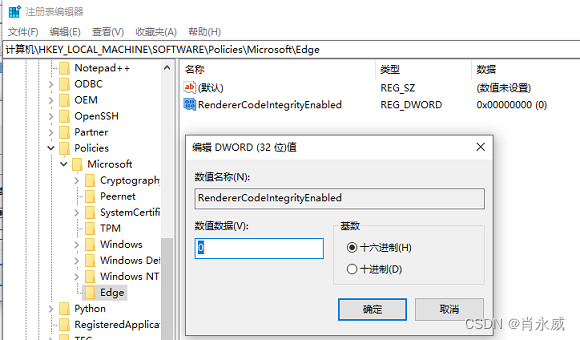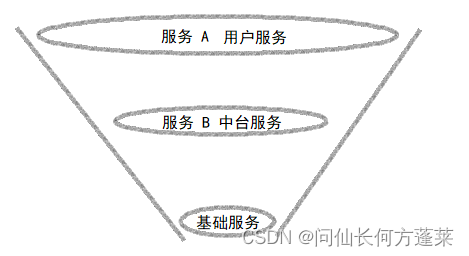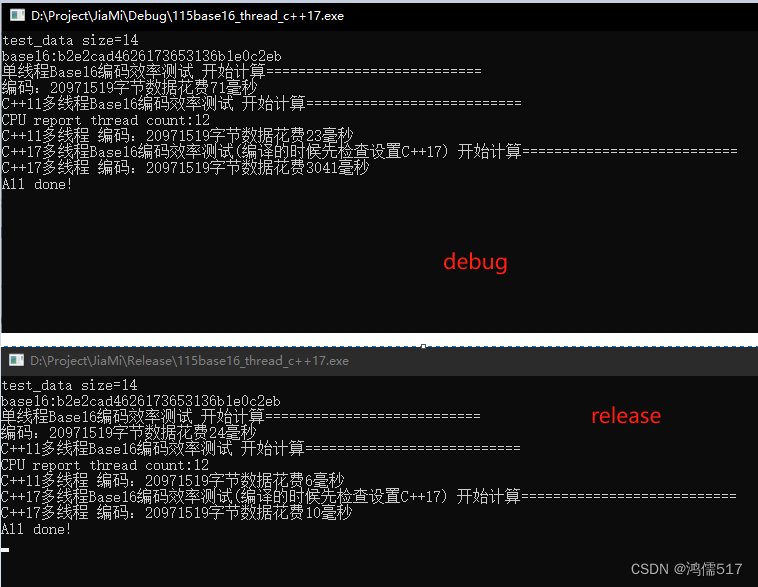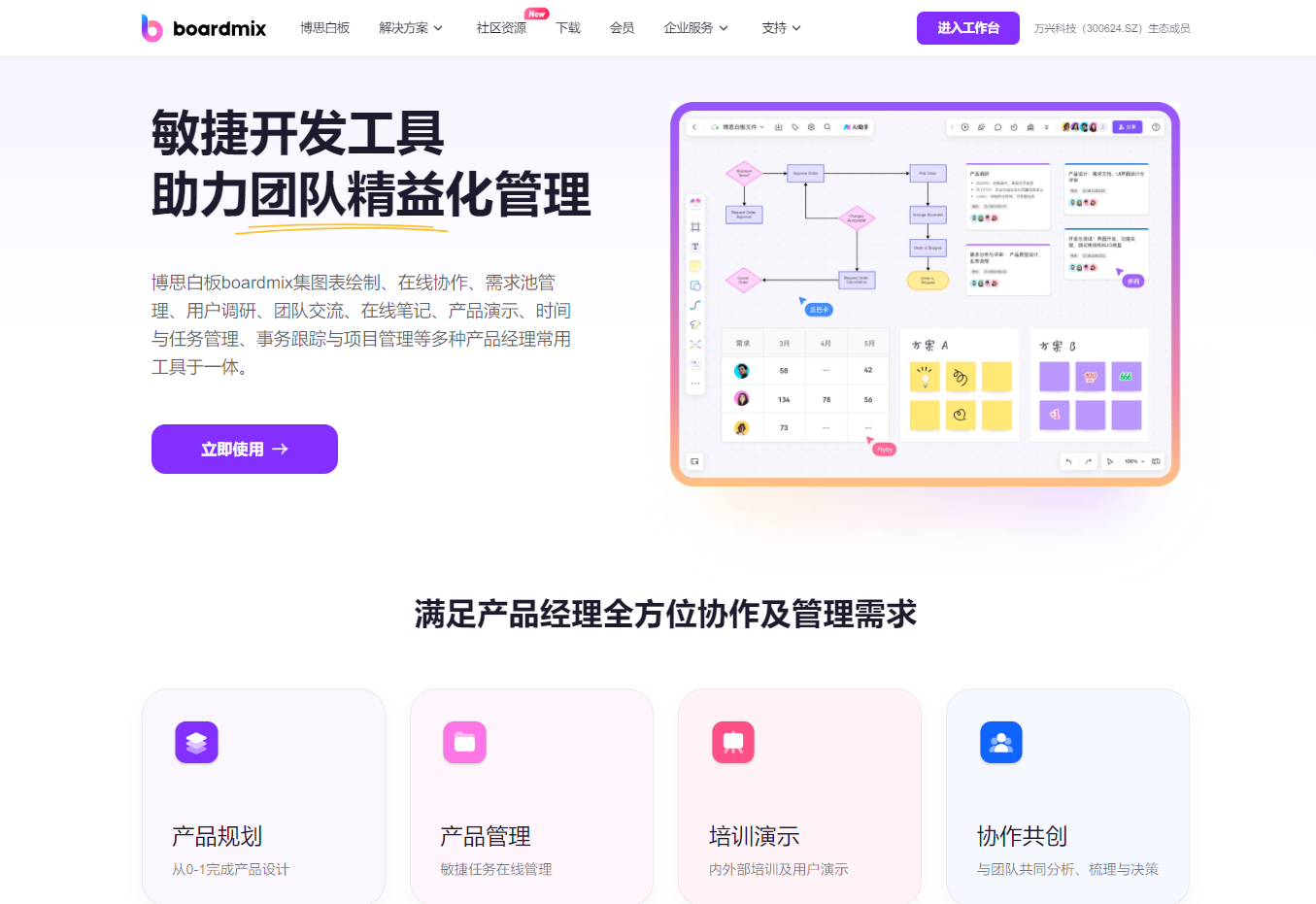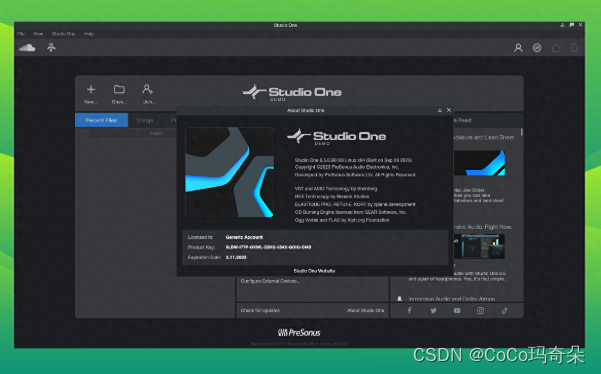您好,如果喜欢我的文章,可以关注我的公众号「量子前端」,将不定期关注推送前端好文~
前言
本文将从项目搭建到实现从零到一开发一个登录、注册、鉴权的简易版注册登录系统,主要功能和技术选型如下:
- 服务端框架———
Midway.js; - 密码加密存储———
bcrypt.js; - 数据库存储———
typeorm、mysql; - 登录鉴权———
jwt;
准备工作
安装mysql环境、建好数据库和一张user表,Dbeaver或vscode database用于初始化表字段。
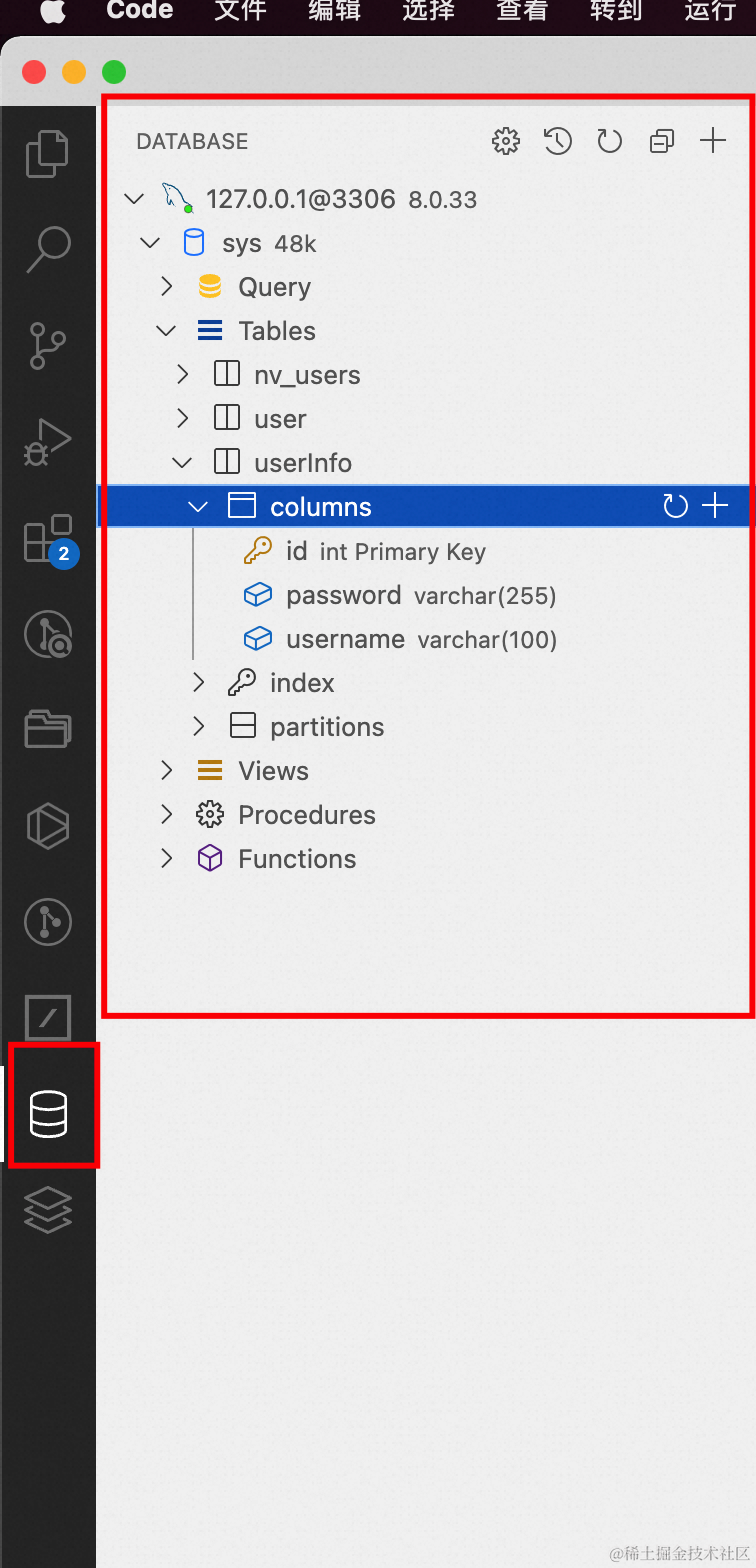
全流程
首先我们创建一个Midway项目。
npm init midway@latest -y
初始化数据库环境
然后第一步先初始化项目数据库环境,连接mysql,安装数据库相关依赖包。
npm i @midwayjs/typeorm@3 typeorm mysql2 --save
然后在configuration.ts中引入typeorm组件:
// configuration.ts
import { Configuration } from '@midwayjs/core';
import * as orm from '@midwayjs/typeorm';
import { join } from 'path';
@Configuration({
imports: [
// ...
orm // 加载 typeorm 组件
],
importConfigs: [
join(__dirname, './config')
]
})
export class MainConfiguration {
}
然后在config目录中配置数据库信息:
import { MidwayConfig } from '@midwayjs/core';
import { User } from '../entity/user.entity';
export default {
// use for cookie sign key, should change to your own and keep security
keys: '1697424147281_6188',
koa: {
port: 7001,
},
typeorm: {
dataSource: {
default: {
/**
* 单数据库实例
*/
type: 'mysql',
host: 'localhost',
port: 3306,
username: 'root',
password: 'xxxxx',
database: '数据库名',
synchronize: false, // 如果第一次使用,不存在表,有同步的需求可以写 true,注意会丢数据
logging: false,
// 配置实体模型
entities: [User],
},
},
},
} as MidwayConfig;
最后我们还需要一个数据表实例,新建/entity/user.entity.ts,代码如下:
import { Entity, Column, PrimaryColumn } from 'typeorm';
@Entity('userInfo')
export class User {
@PrimaryColumn()
id: number;
@Column()
username: string;
@Column()
password: string;
}
至此关于数据库配置环境已经OK了,项目已经和数据库关联起来了。
登录注册接口
然后新建一个user.controller.ts和user.service.ts,controller用于中转服务,service用于存放业务逻辑代码。
user.controller.ts:
import { Inject, Controller, Post } from '@midwayjs/core';
import { Context } from '@midwayjs/koa';
import { UserService } from '../service/user.service';
@Controller('/api')
export class APIController {
@Inject()
ctx: Context;
@Inject()
userService: UserService;
@Post('/register')
async register() {
const params = this.ctx.request.body as {
username: string;
password: string;
};
const user = await this.userService.register(params);
return { success: true, message: 'OK', data: user };
}
@Post('/login')
async login() {
const params = this.ctx.request.body as {
username: string;
password: string;
};
const user = await this.userService.login(params);
return { success: true, message: 'OK', data: user };
}
}
我们再把service的雏形给写出来,代码如下:
user.service.ts
import { Provide, httpError, Inject, Context } from '@midwayjs/core';
import { User } from '../entity/user.entity';
import { InjectEntityModel } from '@midwayjs/typeorm';
import { Repository } from 'typeorm';
const { v4: uuidv4 } = require('uuid');
import { JwtService } from '@midwayjs/jwt';
@Provide()
export class UserService {
@InjectEntityModel(User)
userModal: Repository<User>;
@Inject()
jwtService: JwtService;
@Inject()
ctx: Context;
async register(options: { username: string; password: string }) {
const { username, password } = options;
return {
success: true,
username,
res: '注册成功',
};
}
async login(options: { username: string; password: string }) {
const { username, password } = options;
return {
accessToken: 'xxxx',
};
}
}
前面已经让项目和数据库关联了,现在需要让接口与数据表绑定起来,我们可以通过InjectEntityModel在接口服务中注入表信息,来进行增删改查操作,有了操作数据库的能力,就可以开始开发主体逻辑了。
注册
user.service.ts:
/*
* @Author: 幻澄
* @Date: 2023-10-16 10:42:27
* @LastEditors: 幻澄
* @LastEditTime: 2023-10-16 16:06:07
* @FilePath: /midway-jwt/src/service/user.service.ts
*/
import { Provide, httpError, Inject, Context } from '@midwayjs/core';
import { User } from '../entity/user.entity';
import { InjectEntityModel } from '@midwayjs/typeorm';
import { Repository } from 'typeorm';
const { v4: uuidv4 } = require('uuid');
import { JwtService } from '@midwayjs/jwt';
@Provide()
export class UserService {
@InjectEntityModel(User)
userModal: Repository<User>;
@Inject()
jwtService: JwtService;
@Inject()
ctx: Context;
async register(options: { username: string; password: string }) {
const { username, password } = options;
const user = new User();
const findRes = await this.userModal.findOne({
where: {
username,
},
});
if (findRes) return new httpError.BadRequestError('用户已存在');
user.id = uuidv4();
user.username = username;
user.password = password;
const res = await this.userModal.save(user);
return {
success: true,
username,
res: '注册成功',
};
}
async login(options: { username: string; password: string }) {
const { username, password } = options;
return {
accessToken: 'xxxx',
};
}
}
注册接口的逻辑如下:
- 获取请求参数
username、password; - 去
user表查重,重复则响应异常; - 生成ID,落库,响应用户信息;
我们通过ApiScout来模拟请求:
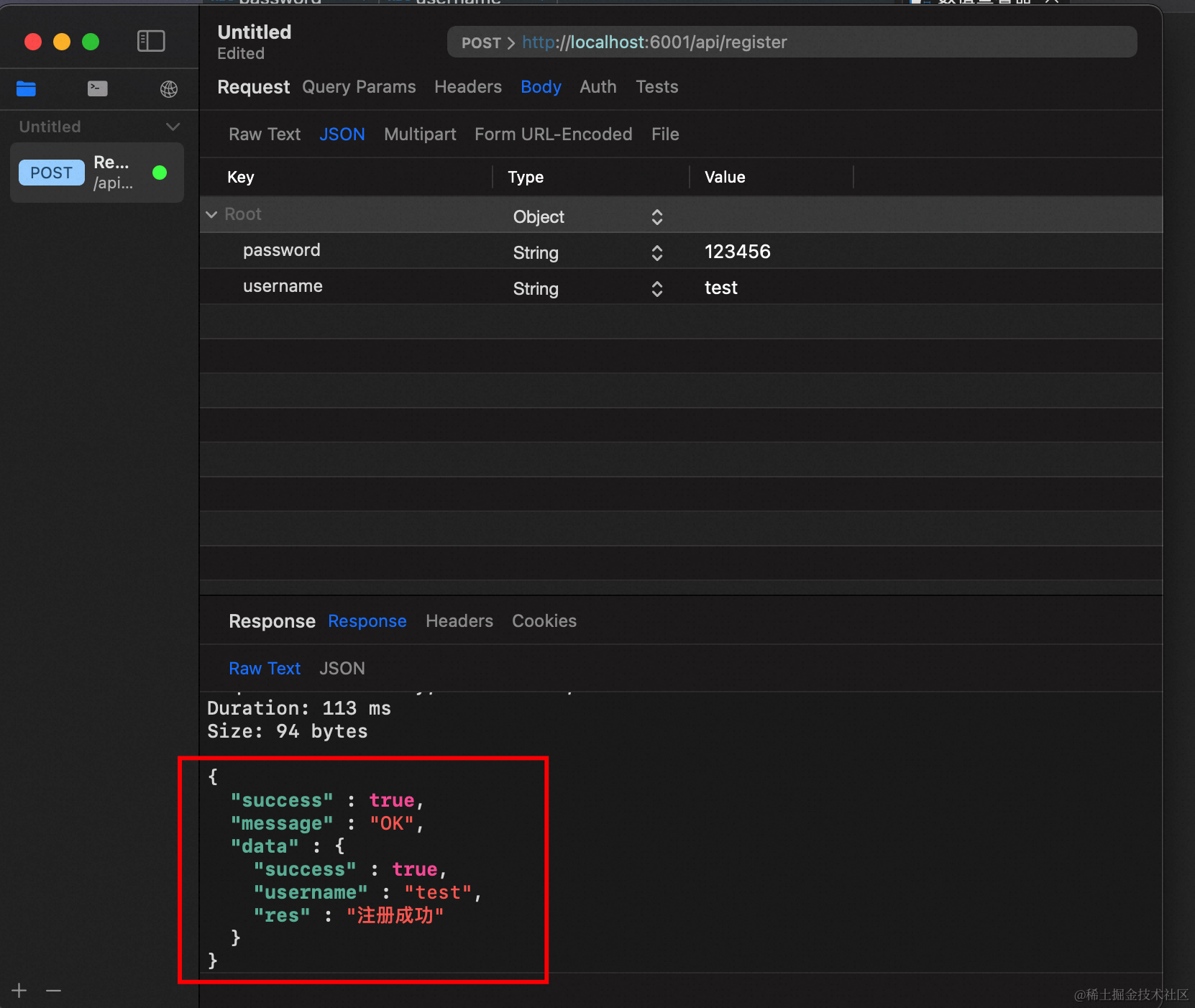
可以看到,注册信息被插入到数据表中了:

相同的入参再调一次,会返回重复用户的异常信息:
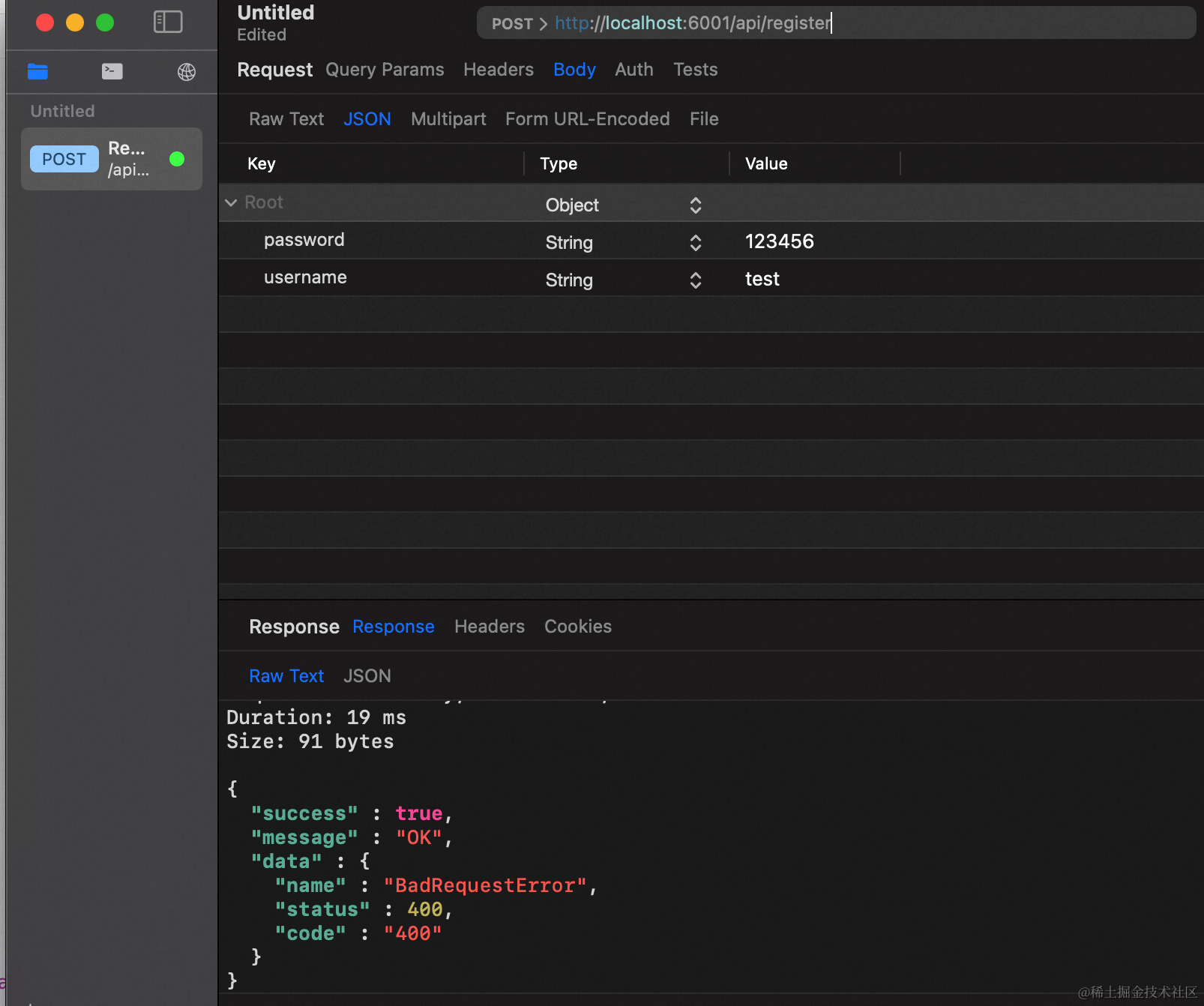
这样功能实现了,但是有个安全问题————账号密码应该加密存储在数据表中,因此我们使用bcryptjs来解决。
npm i bcryptjs --save
安装好之后我们将password加密一下,改造后的代码如下:
import { Provide, httpError, Inject, Context } from '@midwayjs/core';
import { User } from '../entity/user.entity';
import { InjectEntityModel } from '@midwayjs/typeorm';
import { Repository } from 'typeorm';
const { v4: uuidv4 } = require('uuid');
import { JwtService } from '@midwayjs/jwt';
import * as bcryptjs from 'bcryptjs';
@Provide()
export class UserService {
@InjectEntityModel(User)
userModal: Repository<User>;
@Inject()
jwtService: JwtService;
@Inject()
ctx: Context;
async register(options: { username: string; password: string }) {
const { username, password } = options;
const user = new User();
const findRes = await this.userModal.findOne({
where: {
username,
},
});
if (findRes) return new httpError.BadRequestError('用户已存在');
user.id = uuidv4();
user.username = username;
user.password = bcryptjs.hashSync(password, 10);
const res = await this.userModal.save(user);
return {
success: true,
username,
res: '注册成功',
};
}
async login(options: { username: string; password: string }) {
const { username, password } = options;
return {
accessToken: 'xxxx',
};
}
}
OK,至此,注册接口就开发好了。
登录
有了注册,登录就大差不差了,简易版代码如下:
import { Provide, httpError, Inject, Context } from '@midwayjs/core';
import { User } from '../entity/user.entity';
import { InjectEntityModel } from '@midwayjs/typeorm';
import { Repository } from 'typeorm';
const { v4: uuidv4 } = require('uuid');
import { JwtService } from '@midwayjs/jwt';
import * as bcryptjs from 'bcryptjs';
@Provide()
export class UserService {
@InjectEntityModel(User)
userModal: Repository<User>;
@Inject()
jwtService: JwtService;
@Inject()
ctx: Context;
async register(options: { username: string; password: string }) {
const { username, password } = options;
const user = new User();
const findRes = await this.userModal.findOne({
where: {
username,
},
});
if (findRes) return new httpError.BadRequestError('用户已存在');
user.id = uuidv4();
user.username = username;
user.password = bcryptjs.hashSync(password, 10);
const res = await this.userModal.save(user);
console.log(55, res);
return {
success: true,
username,
res: '注册成功',
};
}
async login(options: { username: string; password: string }) {
const { username, password } = options;
const findRes = await this.userModal.findOne({
where: {
username,
},
});
if (!findRes) return new httpError.BadRequestError('不存在该用户');
const compareRes: boolean = bcryptjs.compareSync(
password,
findRes.password
);
if (!compareRes) return new httpError.BadRequestError('密码错误');
return {
success: true
};
}
}
登录接口主要做了这些事情:
- 获取请求带来的
username、password; - 到
user表查用户名,不存在的话返回异常信息; - 通过
bcryptjs将登陆的明文密码和注册落库的加密密码比较,如果密码错误,返回异常信息; - 登录完成;
JWT
接下来我们加入鉴权,完善整个登录系统业务流程。
首先安装依赖包:
npm i @midwayjs/jwt --save
然后在configuration.ts中引入JWT组件:
import { Configuration, IMidwayContainer } from '@midwayjs/core';
import { IMidwayContainer } from '@midwayjs/core';
import * as jwt from '@midwayjs/jwt';
@Configuration({
imports: [
// ...
jwt,
],
})
export class MainConfiguration {
// ...
}
然后在config中加入JWT加密配置信息:
// src/config/config.default.ts
export default {
// ...
jwt: {
secret: 'xxxxxxxxxxxxxx', // fs.readFileSync('xxxxx.key')
expiresIn: '2d', // https://github.com/vercel/ms
},
};
配置结束,接下来分两步走:
- 对于登录接口,产出token,返回给前端;
- 对于业务接口,依赖token,做中间件拦截判断鉴权;
先实现第一步,我们只需要在之前的login接口中增加token的逻辑即可。
user.service.ts:
export class UserService {
@InjectEntityModel(User)
userModal: Repository<User>;
@Inject()
jwtService: JwtService;
@Inject()
ctx: Context;
async login(options: { username: string; password: string }) {
const { username, password } = options;
const findRes = await this.userModal.findOne({
where: {
username,
},
});
if (!findRes) return new httpError.BadRequestError('不存在该用户');
const compareRes: boolean = bcryptjs.compareSync(
password,
findRes.password
);
if (!compareRes) return new httpError.BadRequestError('密码错误');
const token = this.jwtService.signSync({ username });
return {
accessToken: token,
};
}
}
当登录成功时,基于用户信息生成加密token,并返回给前端,前端保存在请求头的authorization,接下来每次请求都带给后端。
然后我们封装一个jwt.middleware.ts鉴权中间件,除了登录注册以外依赖个人账号相关的业务接口,都先走到中间件中,代码如下:
import { Inject, Middleware, httpError } from '@midwayjs/core';
import { Context, NextFunction } from '@midwayjs/koa';
import { JwtService } from '@midwayjs/jwt';
@Middleware()
export class JwtMiddleware {
@Inject()
jwtService: JwtService;
resolve() {
return async (ctx: Context, next: NextFunction) => {
// 判断下有没有校验信息
if (!ctx.headers['authorization']) {
throw new httpError.UnauthorizedError();
}
// 从 header 上获取校验信息
const parts = ctx.get('authorization').trim().split(' ');
if (parts.length !== 2) {
throw new httpError.UnauthorizedError();
}
const [scheme, token] = parts;
if (/^Bearer$/i.test(scheme)) {
//jwt.verify方法验证token是否有效
await this.jwtService.verify(token, {
complete: true,
});
await next();
}
};
}
// 配置忽略认证校验的路由地址
public match(ctx: Context): boolean {
const ignore = ['/api/login'].includes(ctx.path);
return !ignore;
}
}
然后在configuration.ts中引入中间件:
import { Configuration, App } from '@midwayjs/core';
import * as koa from '@midwayjs/koa';
import * as validate from '@midwayjs/validate';
import * as info from '@midwayjs/info';
import { join } from 'path';
import * as orm from '@midwayjs/typeorm';
import * as jwt from '@midwayjs/jwt';
import { JwtMiddleware } from './middleware/jwt.middleware';
@Configuration({
imports: [
koa,
validate,
{
component: info,
enabledEnvironment: ['local'],
},
orm,
jwt,
],
importConfigs: [join(__dirname, './config')],
})
export class ContainerLifeCycle {
@App()
app: koa.Application;
async onReady() {
// add middleware
this.app.useMiddleware([JwtMiddleware]);
}
}
这样除了中间件内部白名单的接口以外,都会先走到JWT中间件中。
简单测试一下,首先写一个/getShop接口,不在jwt白名单中,首先前端不带token发一次注册请求:
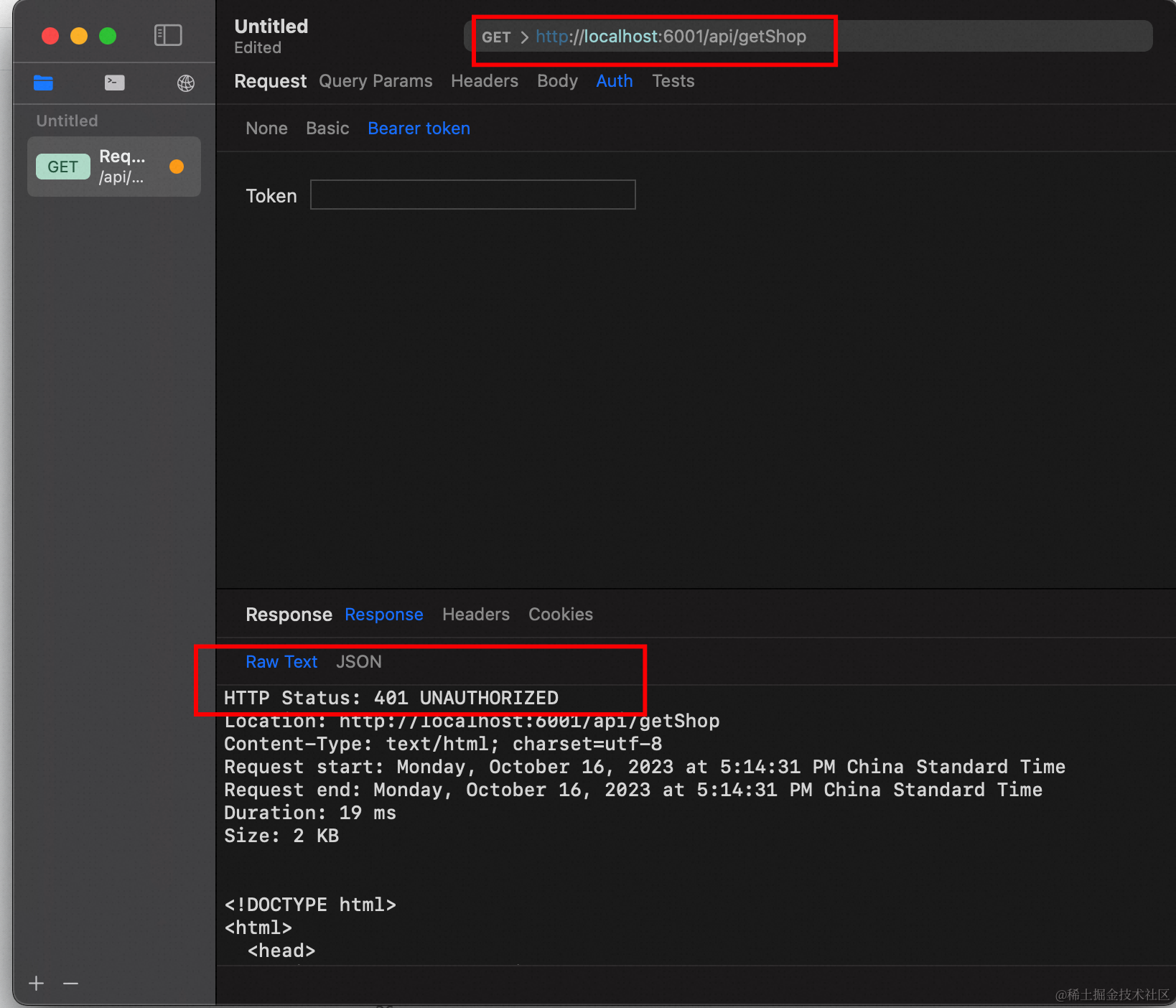
符合预期,无法访问,被中间件拦下来了。然后我们调一下/login接口,保存一下token,再带着去请求一下/getShop接口:
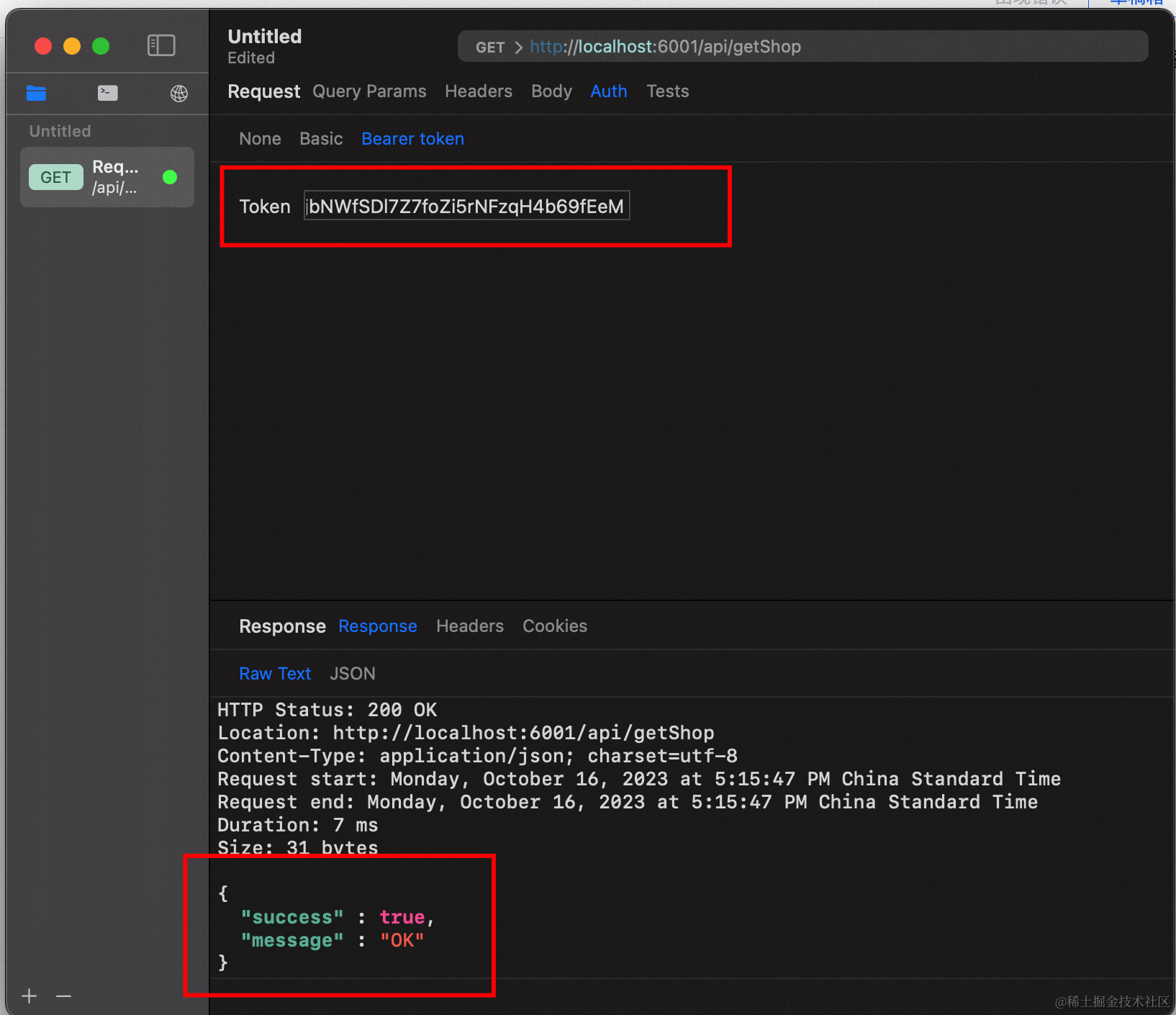
OK,至此,midway搭建的登录注册鉴权功能完成。
写在后面
这篇文章对你有帮助的话,非常荣幸。
如果喜欢我的文章,可以关注我的公众号「量子前端」,将不定期关注推送前端好文~




![解决java.lang.IllegalArgumentException: servlet映射中的<url pattern>[demo1]无效](https://img-blog.csdnimg.cn/f747bcdacd814f8aa03fe6b7ba5be712.png)





